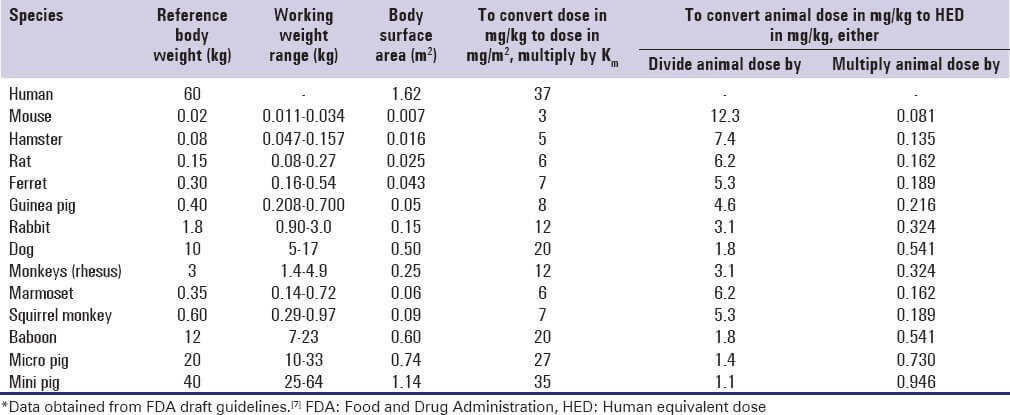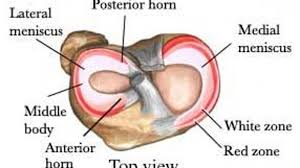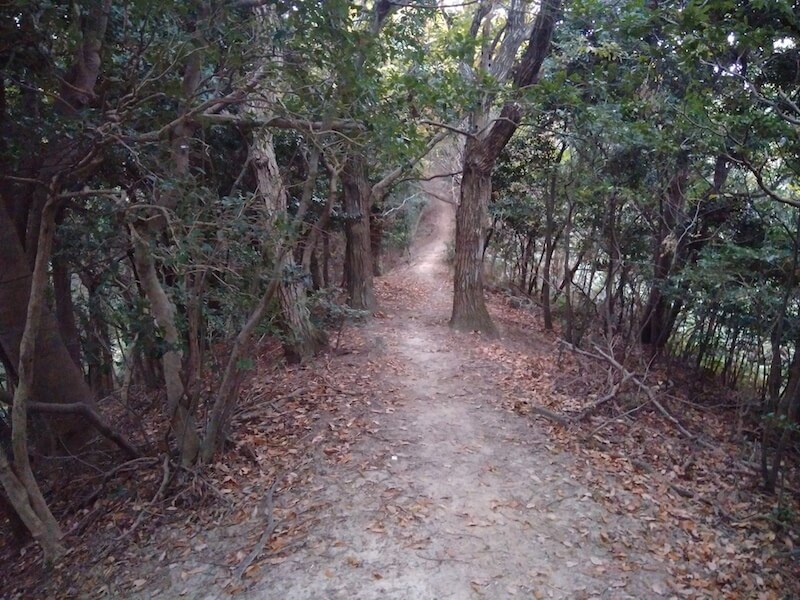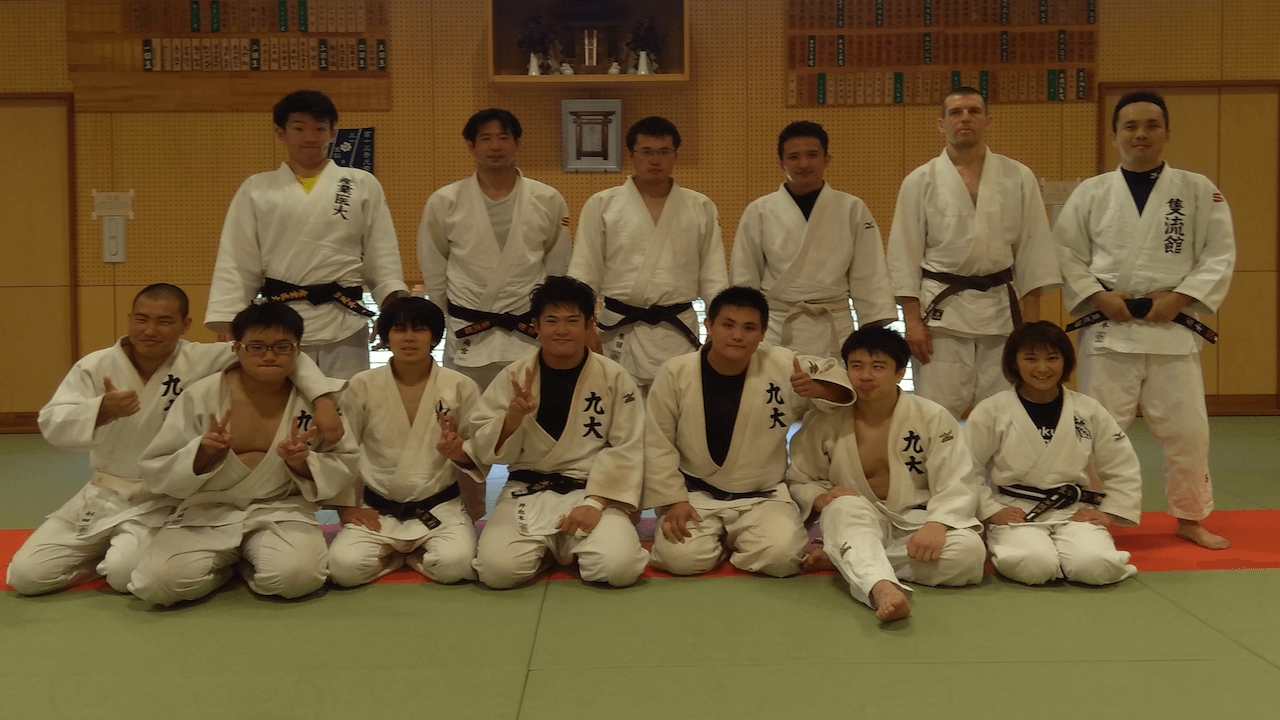I first heard about BPC 157 in this thread I started about my torn meniscus and what to do. Someone there mentioned it then and it didn’t sink in.
At first…
But I kept on looking into surgical options, PRP, stem cells, etc. and kept running into BPC 157 and other peptides. So I decided to give them a whirl as they sounded pretty good.
I ordered BPC from an Alibaba shop.
Then I got it about Jan 24th and did my first injection.
Yeah, so needles are weird.
I never thought I’d be injecting my self with anything. But when you’ve got pain and you know that it will help then you do what you got to do.
So I injected it everyday about 3 times a day for 2 weeks. A day anywhere from about 700-1000mcg.
I mostly injected it in my knee (knee capsule), around my knee (sub cutaneous) , and then my shoulder and a few times in my belly fat.
But you don’t want to inject the same spot many times. And BPC has a short half-life that’s why you have to inject it more often.
I even combined it with blood on a couple of occasions. Yeah can you believe that.
Withdrawing your own blood is super hard.
Recently I have taken it orally by squirting it on my gums that are receding. And wonder if that has had a different effect.
If you take it orally it needs to be twice the amount and a bit more according to Jean Francois Tremblay.
Did I have side effects?
Not really. The first time I injected it I got a bit of anxiety or fear after, but I think that was psychological.
After that not.
I got a little burning sometimes immediately following the injection.
For 2 weeks I felt fine and then the last 2 days or so after injections I felt some pain and inflammation where I injected so I stopped and took it orally.
Could have been because the needle was dull. I reused the same needles after cleaning them. I would typically use one needle a day, but those last days I might have used one needle in 2 days.
I would either boil them to disinfect or wipe with an alcohol wipe that contained ethanol, paraben and benzlkonium chloride.
But IDK something caused irritation in the last two days.
Of course best practice is to use a new needle every time.
Also could have been the bacteriostatic water went bad or something and caused irritation like the alcohol.
I made my own.
Which is normally .9% benzl alcohol and water, but I couldn’t find benzl so I got ethanol and used about 1%.
Like I said I was fine for 2 weeks.
I think a dull needle was part of the problem especially in the one location that caused the most pain – the skin over my patella tendon.
But I always used a ‘new’ needle when I would inject in the joint space.
Anyways those were my minor side effects.
Dosage?
What’s the right amount?
IDK. If you look online you will see 250-1000mg a day suggested or common is 250mg 2-3 times a day.
But one of the more popular studies that you will see is the one about rats that had their ligaments sliced up and then repaired with BPC.
After MCL transection BPC 157 was effective in rats when given once daily intraperitoneally (10 microg or 10 ng/kg) or locally as a thin layer (1.0 microg dissolved in distilled water/g commercial neutral cream) at the site of injury, first application 30 min after surgery and the final application 24 h before sacrifice.
Source
Another site said:
“Rats and mice ingesting BPC 157 in their drinking water, the typical dosage ranged between 10 nanograms to 10 mcg (micrograms) per kg.”
Which kind of looks like the quote above, but in the study above they were injecting or applying with a cream.
Jean Tremblay said that if you take it orally you need 2 times the amount and a little more.
So I am about 155 or 71kg or so normally.
So I guess the dose would be around 700mcg a day.
So how has it helped?
My knee feels a bit more stable and stronger than it did before. I had pain for a good 6-7 weeks especially standing still and after about 3 pm.
Walking was o.k. for a while early in the day but then later in the day would start hurting more.
And I had to move more cautiously.
Now I feel it is more stable and stronger at about 9 weeks post injury.
But it still has a way to go and I will be trying some other peptides and continue using this until finished.
I haven’t noticed it helping my shoulder much although I injected it there less often. Jean Tremblay says it doesn’t actually matter much usually where you inject it because the peptide will find it’s way to the injury.
He says it’s systemic.
Although if it’s in a place like your knee: meniscus, acl, pcl, etc. then it’s going to travel around your blood stream before it makes it’s way into the joint and the knee is a capsule so really if you have an injury there you should inject into the joint space.
Of course you ‘shouldn’t’ do it yourself they say. You ‘should’ get a professional.
But I knew I had to do that to get the best results so I did.
In the course I created I share more details on how I did that amongst other things to heal your knee.
Every situation is unique but know you can heal your meniscus without surgery.
I think TB500 which I ordered would be a bit better for that one perhaps or used in conjunction with because it has a longer half life.
I heard maybe 7-10 days vs. BPC’s 4-6 hours.
I don’t want to inject everyday into my knee capsule because the space is small and it’s not good to keep injecting into the same area.
Other people suggest injecting it locally near the injury.
So I’ve also done 2 blood injections of about 2-4ml into my knees. One time my left and right and 2 times into my right and one time with BPC.
Oh, there was another time I tried blood, but it coagulated in the syringe and wouldn’t come out. I did managed eventually to squeeze out most in the sink and it had a little residue left and then I added BPC to that and injected that.
One time my left knee was hurting in the morning when I woke up more than my injured right knee.
In the past my left knee was the worst of the 2 (old MCL injury+patella tracking issues), but has been compensating for the right as I have been limping around.
So I injected both knees inside the joint and I felt a little burning feeling for about 30 minutes in my left knee and then the pain was gone.
And actually since then that knee has also bothered me less.
One of the times I did DIY blood injections was also about 1ml of blood and bpc in that knee.
Anyways…
I think the BPC does have some anti-inflammatory response like is said.
Most other times I noticed no immediate relief and the process of pain reduction and improvement has been slow.
One thing I noticed is that since I’ve taken it orally (last 4 days or so) yesterday I drank ‘raw milk’ and this time it did not cause any sort of tummy rumble like it often did in the past.
Can’t say for sure if it was the BPC. But it is supposedly good for your gut.
I’ll try it again and see if I get the rumble.
I will continue to use it until gone and then update this.
The placebo effect
I’ve wondered about the quality of the BPC I got because I got it from China (Alibaba) from a vendor that a few people recommended on Reddit.
They say 95-99% of the peptides out there come from China. Even most of the sites that sell them in the US or UK are still selling peptides from China.
They buy them in bulk and then raise the price a lot.
So if you are savvy financially you might just buy them from China.
But…
Then if you start researching you may hear that they may be fake or under dosed or have bacteria or ____.
There is probably some truth to that but I think there is a lot of fear mongering out there and a lot of the people saying those things have self interests.
Also the the bacteria one was an isolated case as far as I know.
So it’s like bad news and fear.
You fear the water and sharks more than you do driving your car, but in reality driving your car is way more dangerous.
If you want to get USA made peptides or Canadian made peptides you could try Tailor made compounds or Canlabs.
But you are going to pay 5-10X the price.
The placebo effect I think can go both ways.
You start to think ok these peptides are from China and they don’t work or the fragment is broken or it’s under dosed or maybe there is bacteria in it.
So it becomes true.
Or what the anti-doping organization in Australia made some claim that 80% of peptides are fake or under dosed.
Maybe, but I don’t really trust that bit of news because it’s in their self interests to say so.
And possibly the people who keep saying it.
So if you want to get the most out of the placebo effect then you can buy from one of those places that do regular testing in North America.
But is it possible that what you can buy on Alibaba is the exact same thing?
Yep.
All of the vendors on Alibaba try to make it look like they are the factory, but they are not.
I found two companies on there that used the same building with their photoshopped name on it to make it look like it was their factory.
Those sellers there are definitely not transparent as to who they are. A good business would be to be a seller there who is.
Make a video about who you are and what you do, but they don’t.
From what I’ve learned from Jean Francois Tremblay is that there aren’t that many factories in China that make peptides, but the vendors on Alibaba all probably buy their peptides from the same few factories and then resell them.
And there are rules and regulations in China.
It’s the middle men you got to watch out for.
There is a lot of fear out there (sinophobia) about China too. And maybe some is true, but perhaps I am less fearful because I lived in Asia and China for like 8 years.
Sometimes if you feel that you got fake peptides it’s possible that it’s from a bad batch. Like the peptide fragment chain broke and wasn’t that they were trying to make a fake peptide.
It’s that they are big factories selling lots of peptides to resellers and they probably don’t test every batch.
So you may be getting inert amino acids.
Could there be factories out there making and selling fake peptides?
IDK. Maybe little ones, but you know they won’t be in business long. And the cost of setting up a factory just to make fake look alike peptides is too high I would think.
I also recently ordered from Canlabs a couple peptides and will see how they go and I will probably get a better placebo effect too since I know more about who made them.
But they were way more expensive.
How to do intraarticular knee injection
Related:
- Heal your meniscus naturally
- Learn more about peptides (good videos and podcasts with Jean Tremblay). Or read this article.
- Healiscus – A full program on how to heal your knee (if you have surgery or if you don’t)





